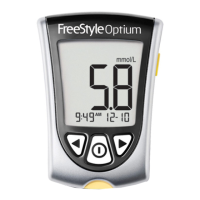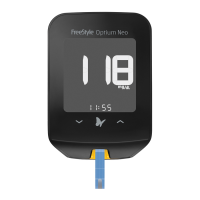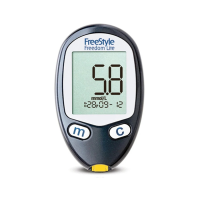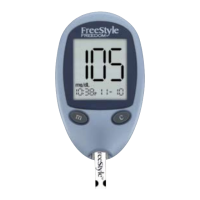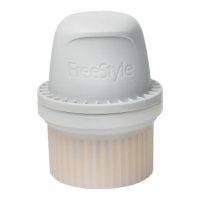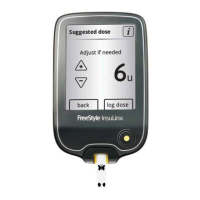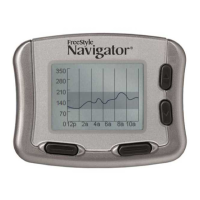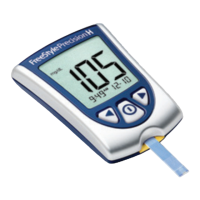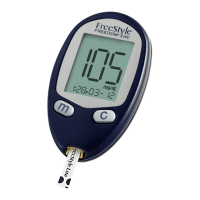What to do if the blood sample is too small on Abbott Blood Glucose Meter?
- CChristina RichardAug 8, 2025
If the blood sample you applied was too small when using your Abbott Blood Glucose Meter, consult the test strip instructions for use regarding re-application. You may also repeat the test using a new test strip. If the test still does not start, contact Customer Care.


